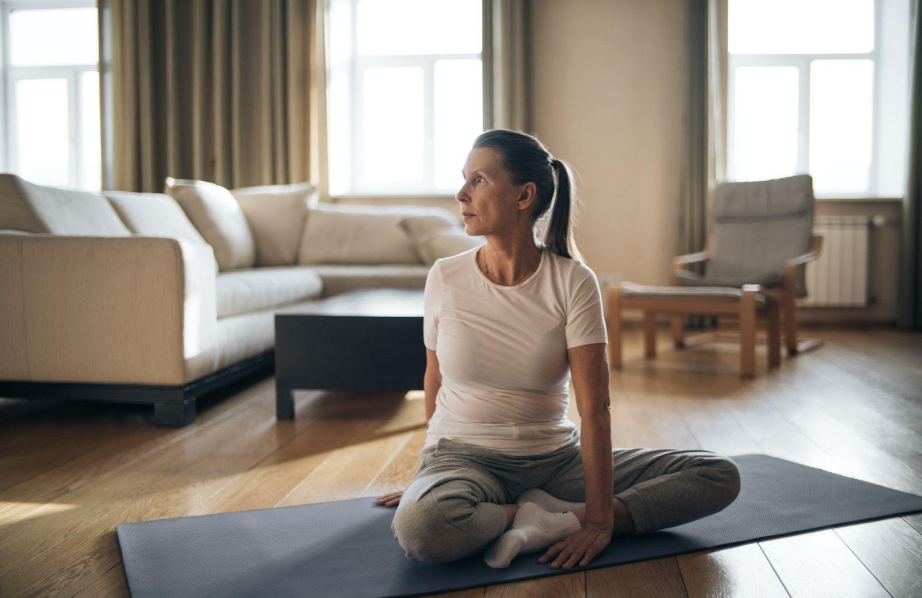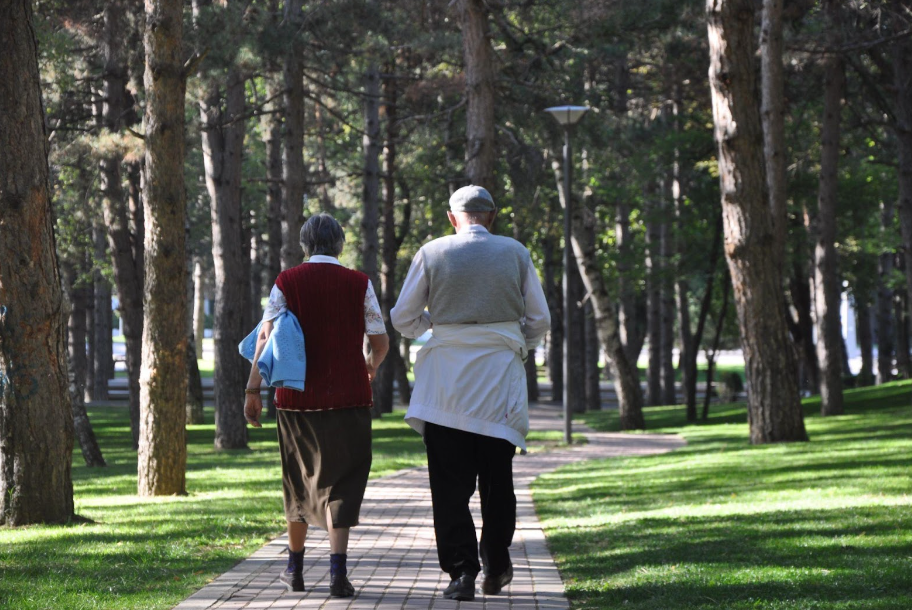Rehabilitation at Home: Do’s and Don’ts
- By PatientPoint Launch
- •
- 05 Jun, 2023

Did your physical therapist give you home exercises? Or, perhaps, you are unable to visit your rehabilitation center and need to do your exercises at home. Rehabilitation is an important recovery process aimed at coping with the consequences of your injury, and while rehabilitation can be performed at home, it is essential to do it right.
In this blog, we will go over some essential tips on what to do and avoid doing when going through rehabilitation at home.
Things To Avoid
Rehabilitation at home is important to maintaining your progress throughout the recovery journey. Yet, there are several things to keep in mind when exercising on your own:
Avoid Pushing Yourself Too Hard
Your physical therapist will make at-home workout recommendations based on the strain level that is healthy for your body. Make sure you're not exercising too much. Instead of recovery, you could run a risk of causing further damage to your muscles and joints if you demand too much from yourself.
Everyone’s threshold for pain is different. If you are exercising and your body starts hurting excessively, you should stop immediately. Pushing through the discomfort is not advised since you might end up doing more harm than good.
Avoid Trying Complex Postures or Overdoing Stretching
Stretching helps you recover control over your coordination. Although you may certainly perform some gentle stretches, try not to overdo them. Only trained specialists are adept at some stretching techniques. Even though there are instructions available for obtaining those complex positions, one mistake could result in a disaster. Staying safe and being patient with oneself are essential components of a successful recovery.
Avoid Neglecting Medical Equipment and Supplies
If you require specialized medical equipment and supplies, ensure that these items are properly maintained and available at all times. This includes items such as wheelchairs, walkers, crutches, braces, and wound care supplies. Neglecting to maintain and have access to these items can lead to delays in recovery and potential injury.
Things To Aim For
Now that you know what to avoid during your at-home rehabilitation, let’s take a look at some tips on how you can make the most of your homework:
Clarify All Your Doubts
You should be fully aware of your body's condition, the consequences of your injury, and the mode of rehabilitation. You should also make sure you are fully acquainted with your routine and understand the purposes of every set of exercises. You should ask your physiotherapist questions and clarify all your doubts before starting rehabilitation at home. You should also be honest with your physician about any difficulties you may face. There is nothing wrong with seeking further guidance and making sure you are well-prepared for your at-home exercises. Physiotherapists are trained to pick exercises that can help you without putting any additional strain on your body and also incorporate any issues you may have with certain movements or exercises so you can still gain your wanted results.
Commit to Your Routine
To succeed in recovery, you should commit to your rehabilitation routine and follow the instructions of your physician. Also, it is highly recommended that you actively participate in the process. You should take notes about how you feel throughout your home exercises and let your therapist know if anything causes you pain during your routines. This feedback will help them readjust the rehabilitation routine to fit your needs.
Set up a Comfortable and Safe Environment
When setting up for rehabilitation at home, create a comfortable and safe environment. You should have easy access to the bathroom, a comfortable bed, and any necessary medical equipment. It is also important to remove any potential hazards, such as loose rugs, slippery surfaces, and clutter. You should also ensure adequate lighting and temperature control for a comfortable environment.
Follow a Healthy Diet
A healthy diet can help with recovery and overall well-being. You should follow a diet recommended by your healthcare provider, which may include specific nutrient requirements or restrictions. Proper hydration is also important for recovery, particularly if you have mobility limitations.
Involve Family and Friends for Support
Rehabilitation can be a challenging and isolating experience, but involving family and friends can provide essential support and encouragement. Loved ones can assist you with daily tasks, provide emotional support, and offer motivation.
At Premier Home Care, we aim to help you or your loved one to recover from a past injury through therapy services such as physical, speech, and occupational therapy. We also strive to promote overall health and wellness. Contact us if you would like to get started on your rehabilitation journey and see yourself in a brighter, healthier lifestyle today!








